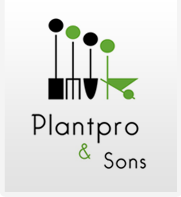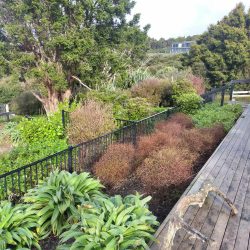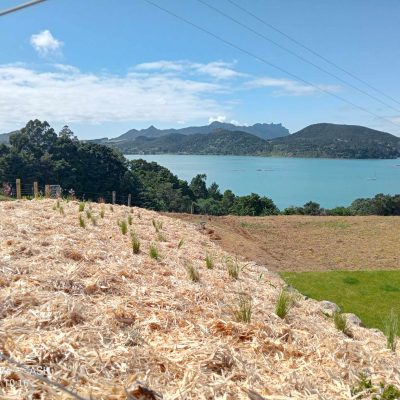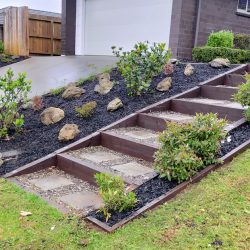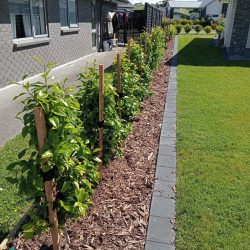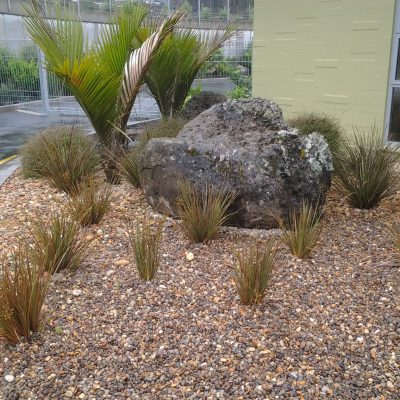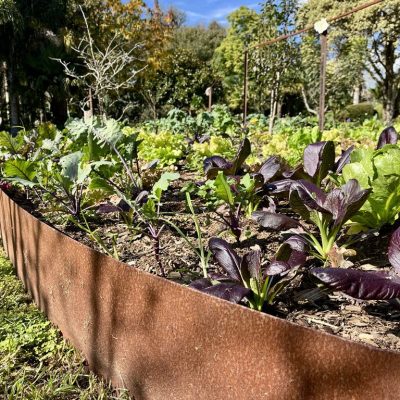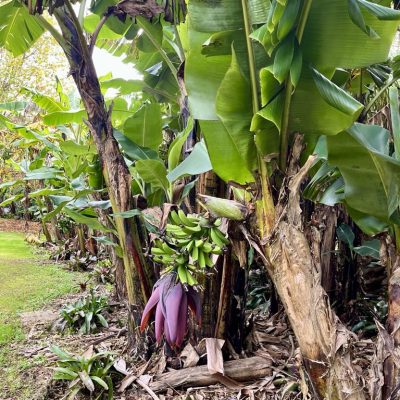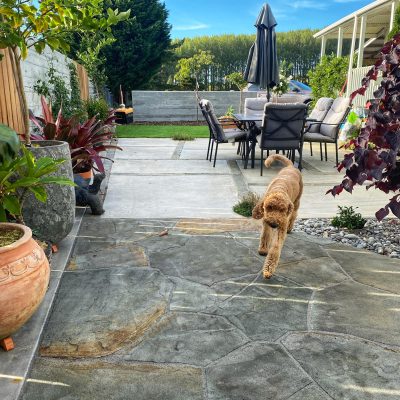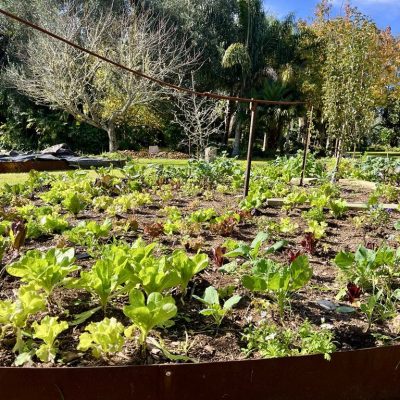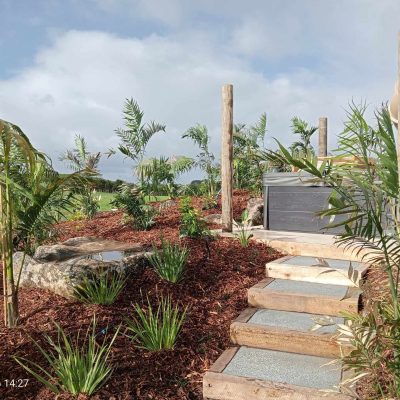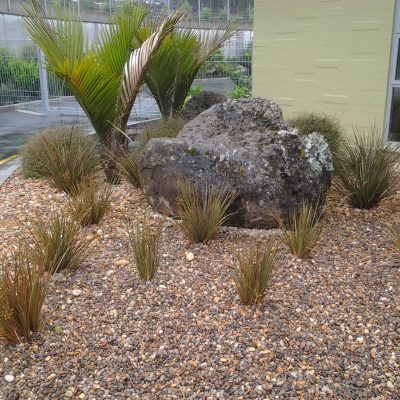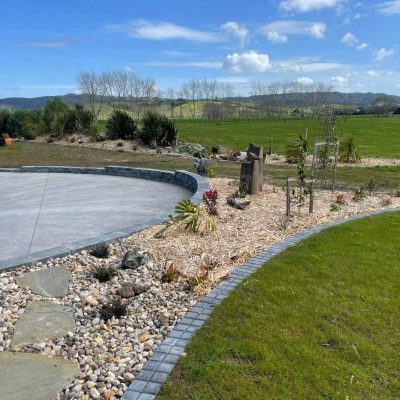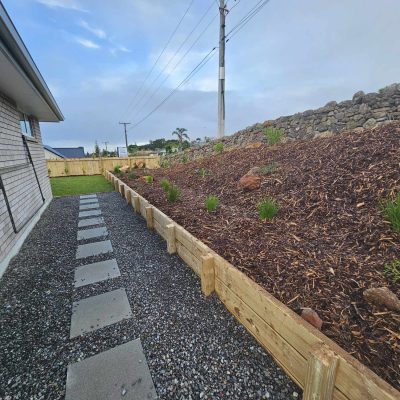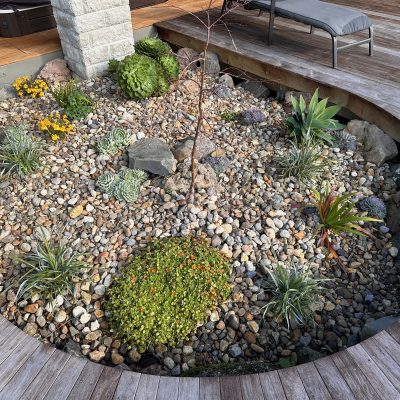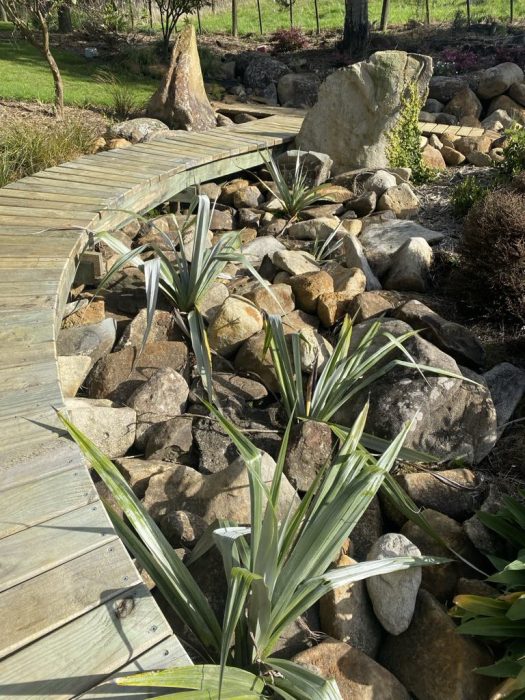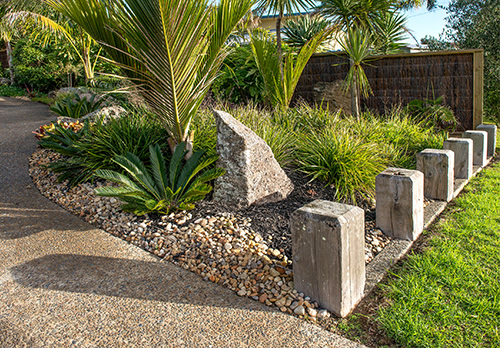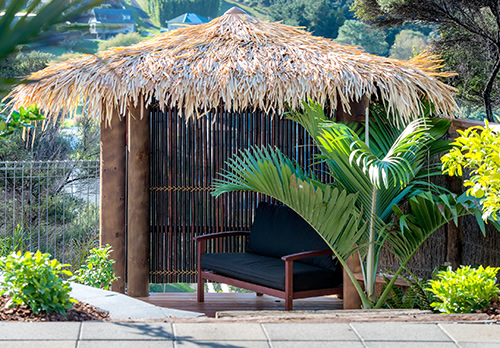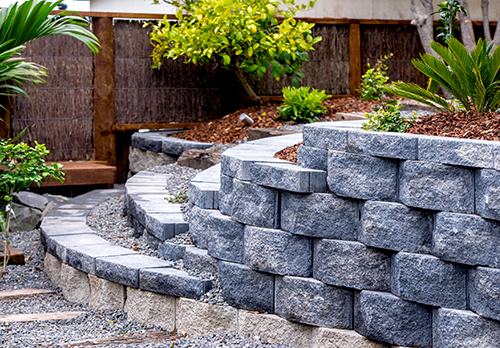Sustainable Landscape Design: How Plantpro Creates Eco-Friendly Outdoor Spaces
Are you looking to transform your outdoor area in a way that’s both beautiful and environmentally conscious? At Plantpro, we specialise in sustainable landscape design—an approach that blends functionality, aesthetics, and long-term ecological responsibility.
Working with a professional landscape designer gives you the chance to carefully plan your space, including key details like levels, orientation, plant selection, materials, and overall layout. This process ensures your outdoor area not only meets your lifestyle needs but is also designed with sustainability in mind from the very beginning.
By embracing sustainable landscape design principles, we create outdoor environments that are low-maintenance, water-efficient, and resilient over time. At Plantpro, we focus on using locally appropriate plants, eco-friendly materials, and thoughtful design strategies to reduce environmental impact and enhance natural biodiversity.
Whether you’re starting from scratch or updating an existing garden, sustainable landscape design helps you create a space that’s as good for the planet as it is for you.

First Principle: Minimise Maintenance
When developing a sustainable landscape design Plantpro uses Native plants wherever it is possible to do so. Our team will select native species which grow naturally in the local environment, meaning they have already adapted to and thrive in the soil and climate of the area. These plants therefore require less maintenance, fertiliser, and pesticides than introduced or exotic species.
Covering gardens with bark mulch or post peelings is another way to minimise garden maintenance as they naturally supress weeds.
Second Principle: Multifunctional
Where appropriate Plantpro includes Edible plants into our garden designs, this offers several benefits:
Improved Garden Biodiversity
Edible plants encourage the wildlife in your garden to flourish.
Herbs like mint, thyme, and basil, attract pollinations like bees and butterflies. They can also repel pests.
Berry bushes like raspberry and blueberries have dense foliage which offer shelter for birds and small mammals. They also have deep roots which improve the soil structure and water retention.
Fruit trees, such as apples, pears, and plums provide a habitat and food for birds, while fallen fruit feeds decomposers like fungi and beetles. They also provide shade and create microclimates for any underplanting you may have.
Growing Legumes such as beans and peas, improve nitrogen levels in your soil
Beyond the positive impacts growing edible plants has for your garden, there are also wider ecological and personal benefits.
Cost Savings – Self Sufficiency – Reduced carbon footprint
Growing your own edible plants can help you reduce your weekly grocery costs while allowing you to have immediate access to fresh nutritious food It is also better for the environment as you cut out the need for harmful packaging and transportation.
Third Principle: Develop Ecosystems
To help develop environmental ecosystems around the home, Plantpro includes plants that attract and feed birds, as well as butterflies, providing food sources for them which in turn helps grow and support a healthy local ecosystem. Our planting plans take into consideration the need for diversity not only in plant species but also in plant sizes and types ensuring your finished garden consists of multiple levels which will support native wildlife, improve soil quality, and encourage growth in environmental conditions unique to your location.
Fourth Principle: Water Conservation
Plantpro develops gardens to support water conservation strategies, exploring sustainable options for lawns, such as gravel or mulch-based gardens and drought-tolerant plants.
Placing a layer of mulch in gardens and around trees helps the soil retain moisture by reducing evaporation while simultaneously supressing weeds.
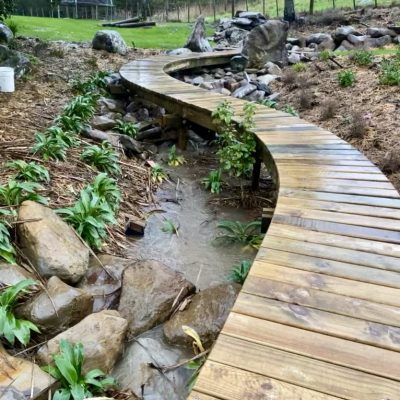
Plantpro can create systems tailored to irrigate your gardens, using drip lines or strategically placed sprinklers to directly target roots. We are also able to incorporate ways to catch and store water for your garden that saves tap water consumption.
Adding a swale or rain garden to your design can help capture and spread water naturally into the soil.
Another important factor to consider relating to water conservation is the placement of your plants. It is important to ensure that plants with high water needs are located separately from those which are drought-tolerant, to reduce to risk of over watering. While ensuring that plants are properly spaced will improve root development and help you avoid overcrowding which could increase each plants competition for water.
Fifth Principle: Efficient, Renewable Materials
Plantpro will incoroprate recycled, sustainably grown and locally produced or sourced building materials in our landscape designs. These include gravels, stone, and timber, which can minimise the environmental impact of your landscape construction. If building fences, Plantpro can explore installing natural hedges or stone walls instead of using timber.
Plantpro builds structures that are durable, they stand the test of time and require minimal maintenance or repairs. This is just another way to reduce material consumption.
Plantpro designers are experienced using the materials and strategies needed to create a fantastic landscape which adheres to sustainable landscaping design principles.
Ready to start your journey into sustainable landscape design?
